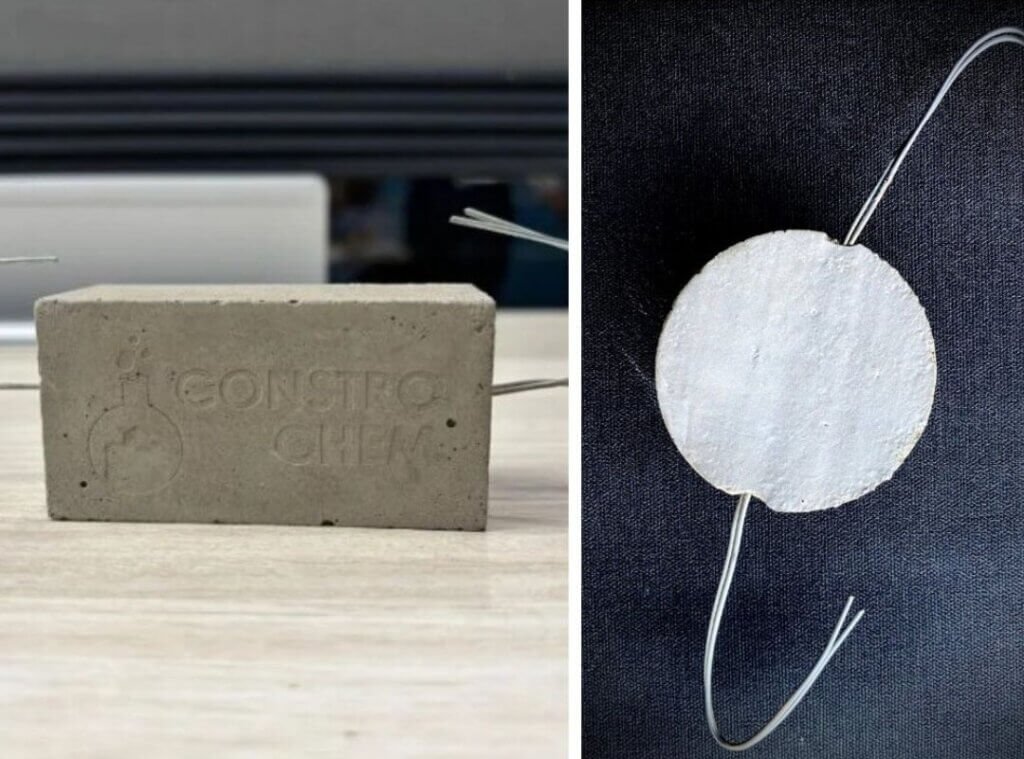Introduction
Bridges are vital connectors in India’s expanding infrastructure network. They carry heavy traffic, withstand harsh climates, and resist constant stress. Yet, despite their strength, bridges face one major problem—corrosion. The humid air, salty coastal winds, and polluted environments accelerate damage. Here, a zinc anode plays a key role. Through cathodic protection, it extends structural life. Understanding its role helps engineers, project managers, and stakeholders ensure safer, long-lasting bridges.
Why Corrosion is a Growing Concern
Corrosion reduces bridge durability and will increase maintenance costs. In India, varying weather conditions create serious risks. Steel reinforcement within concrete reacts with oxygen and moisture, leading to rust. Over time, cracks appear, weakening entire structures. Coastal bridges face faster deterioration due to high chloride exposure. Since replacement is costly, preventive protection is essential. This is where Cathodic Protection Anodes come in. They work to slow down or even stop corrosion.
How Cathodic Protection Works
Cathodic protection is proven technology. It prevents metal structures from corroding by converting them into the cathode of an electrochemical cell. When using a Zinc sacrificial anode, zinc corrodes instead of the steel. The method is simple but powerful. By sacrificing itself, zinc shields the main structure. This process helps ensure long-term strength. As a result, bridges can withstand a long time of environmental stress without significant restoration.
Role of Zinc Anode in Bridge Durability
A zinc anode offers unique advantages. It is highly reactive compared to steel. Therefore, it attracts corrosion forces toward itself. This protective action makes it invaluable in bridge projects. Unlike other methods, it does not need complex power systems. Moreover, it provides consistent protection in both fresh and marine environments. Engineers prefer zinc because of its reliability. With growing infrastructure in India, its role in corrosion protection is increasingly important.
Advantages of Indian Infrastructure
India’s bridges regularly face high humidity, monsoon rains, and pollutants. A Zinc sacrificial anode is particularly suited for such conditions. It is cost-effective, easy to install, and requires less maintenance compared to other alternatives. For authority-funded projects, budget control is vital. Zinc delivers protection without expensive equipment. In addition, it aligns with sustainable practices. By extending the life of structures, it reduces material waste and frequent repairs.
Factors Influencing Performance
The performance of a zinc anode depends on several factors. Soil resistivity, chloride levels, and structural design all affect efficiency. Engineers must carefully assess the site before installation. For example, coastal bridges need more robust protection compared to inland ones. Proper sizing of Cathodic Protection Anodes ensures balanced performance. Routine inspection also helps maintain effectiveness. Without these steps, protection levels may fall short. This makes planning and monitoring crucial for success.
Choosing the Right Zinc Anode Supplier
A reliable zinc anode supplier plays a key role in project success. High-quality anodes ensure consistent protection. Poorly manufactured ones may fail earlier, risking damage. Therefore, procurement teams must evaluate certifications, industry standards, and performance records. In India, with numerous ongoing bridge projects, sourcing becomes critical. Reliable suppliers not only provide quality but also technical guidance. This support helps engineers select the correct anode size, quantity, and installation method for each bridge.
Installation Practices for Maximum Benefit
A correct installation is essential for performance. A zinc anode must be placed strategically near steel reinforcement areas. Adequate electrical connection ensures continuous protection. Improper connections reduce efficiency, leading to partial shielding. Skilled technicians follow strict procedures to guarantee uniform protection. In India, many contractors now undergo training for cathodic protection systems. These steps ensure that bridges enjoy maximum service life without premature failure.
Maintenance and Monitoring Needs
Even though a Zinc sacrificial anode requires minimal upkeep, monitoring is still necessary. Engineers must track voltage levels, consumption rates, and electrical continuity. Regular checks confirm that the anode is still active. If depletion occurs, replacement should be planned. In Indian conditions, monitoring helps balance unpredictable environmental changes. Early detection of the issue saves costs and prevents large-scale damage. Therefore, maintenance is as important as installation.
Environmental Benefits of Zinc Anode
Stability is now a global priority. A zinc anode aligns well with eco-friendly goals. By increasing the lifespan of bridges, it reduces the demand for fresh steel production. It lowers energy consumption and emissions. Additionally, zinc is recycled, making it an environmentally responsible choice. The Indian city, aiming for greener infrastructure, benefits from this solution. Thus, corrosion protection not only saves costs, but also supports long-term environmental strategies.
Challenges in Implementation
Despite its advantages, the usage of a zinc anode includes challenges. Availability of a trained team staff, site-specific conditions, and budget constraints may additionally have an effect on adoption. Some bridges need advanced structures past sacrificial anodes. Engineers should consider stability value, overall performance, and sturdiness. However, accelerated awareness and assistance from infrastructure rules are enhancing the state of affairs. In India, several pilot projects have already confirmed successful results. Gradual adoption throughout states can remodel bridge renovation practices nationwide.
Future Outlook for India’s Bridges
India is on the verge of a massive infrastructure expansion. As projects multiply, corrosion protection becomes vital.. A zinc anode will continue playing a central role. With advancements in cathodic protection, bridges will stand stronger for decades. Government projects that specialise in durability will inspire wider adoption. Moreover, research into progressed alloys will have safety degrees similarly. For India, balancing fast growth with long-term sustainability is fundamental. Zinc enables obtaining that balance successfully.
Conclusion
Bridge safety depends on corrosion protection. In India’s diverse environments, preventive measures are not optional but essential. A zinc anode ensures bridges remain strong, safe, and serviceable for decades. From installation to maintenance, every stage matters. With reliable zinc anode supplier support, engineers can ensure success. By combining durability, cost-effectiveness, and sustainability, zinc truly secures the spine of India’s infrastructure. Investing in such protection isn’t always just sensible; it’s far vital for future generations.

